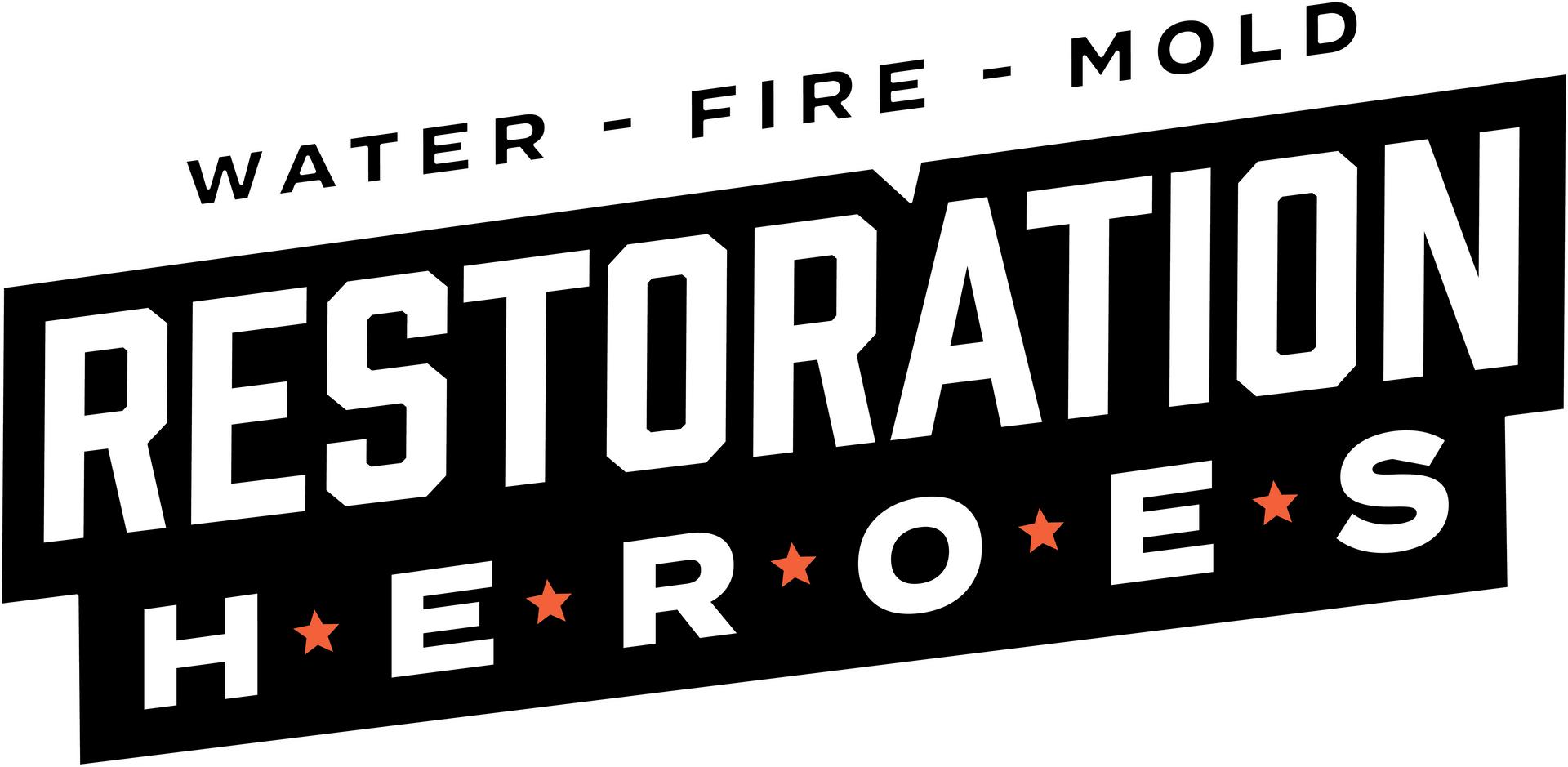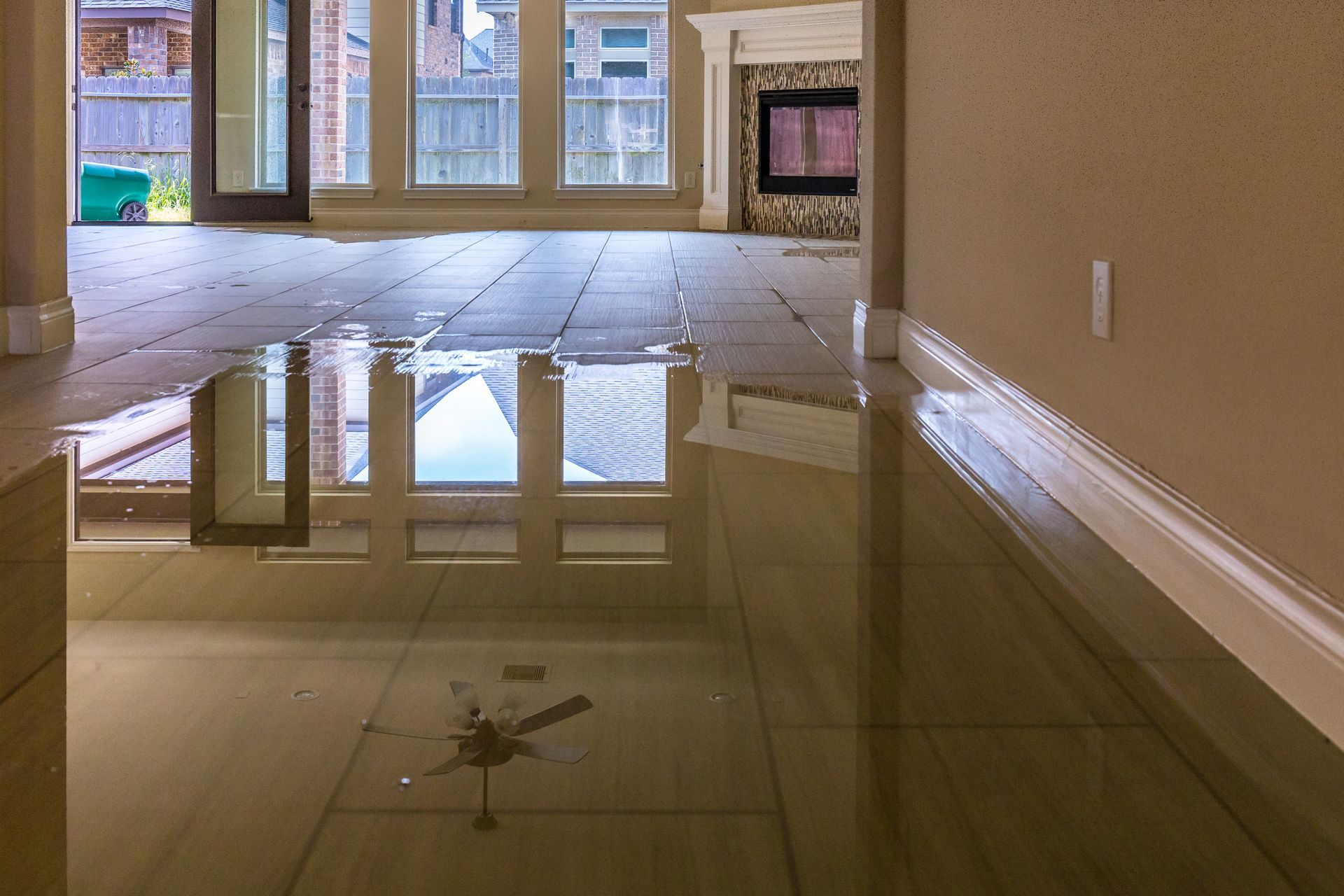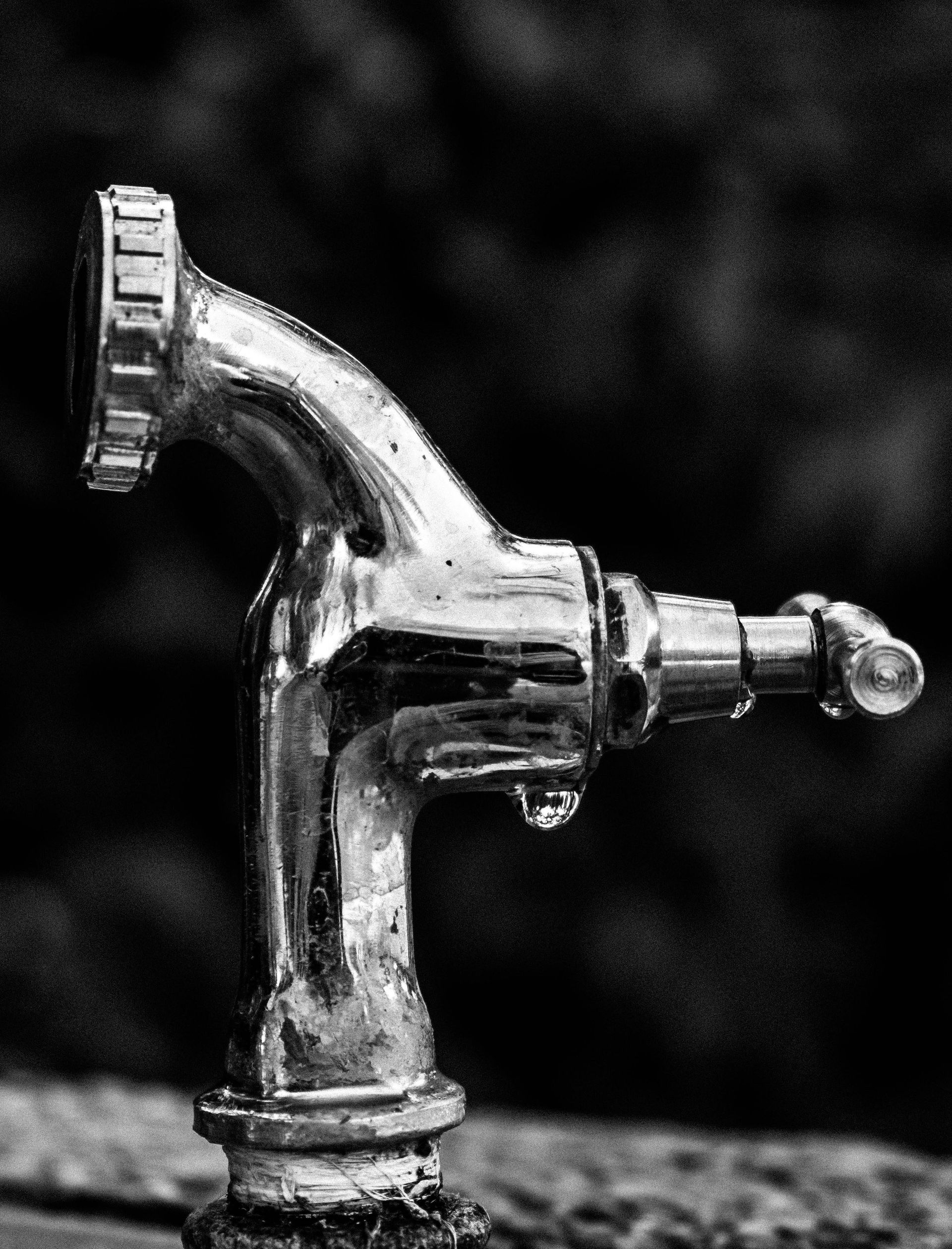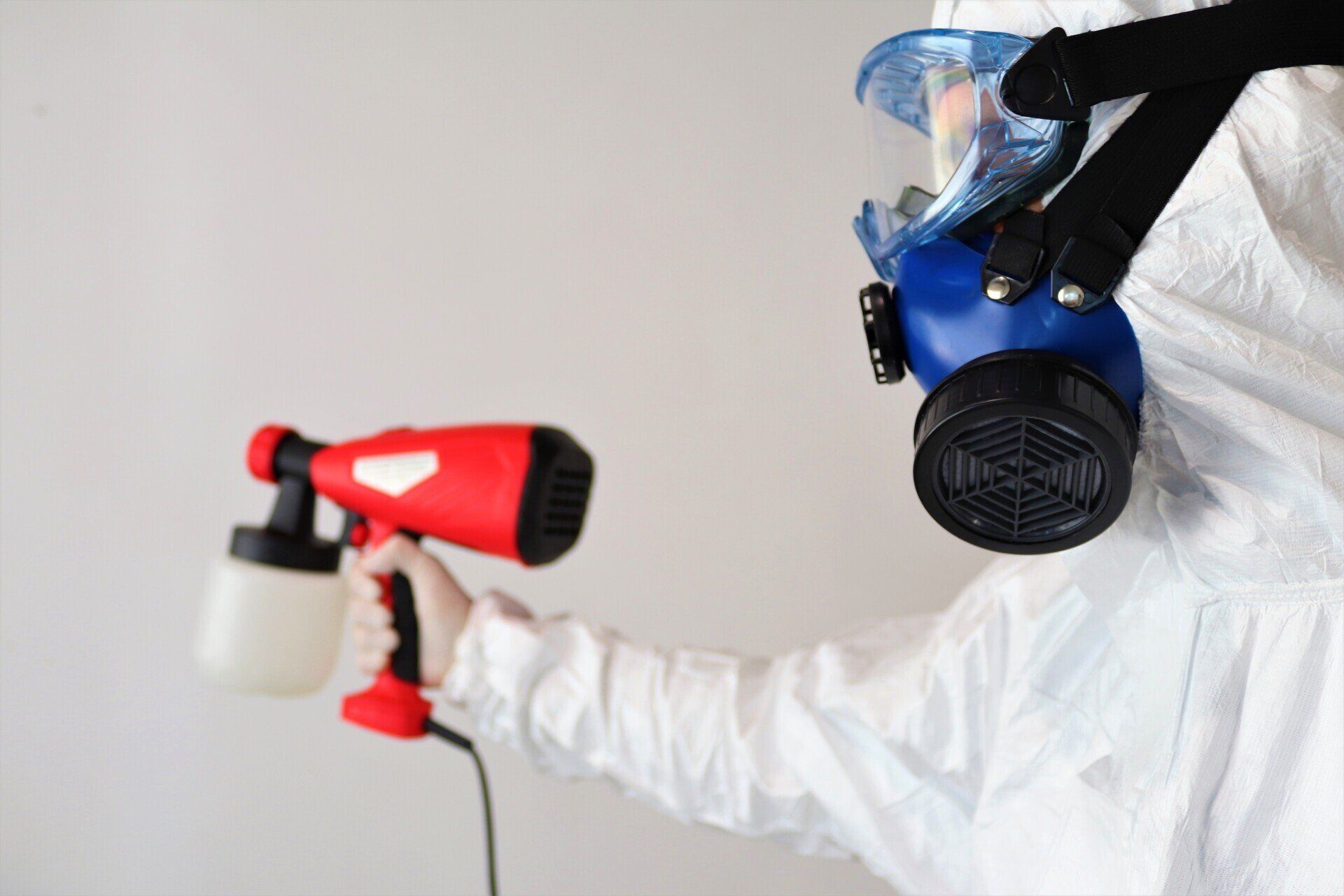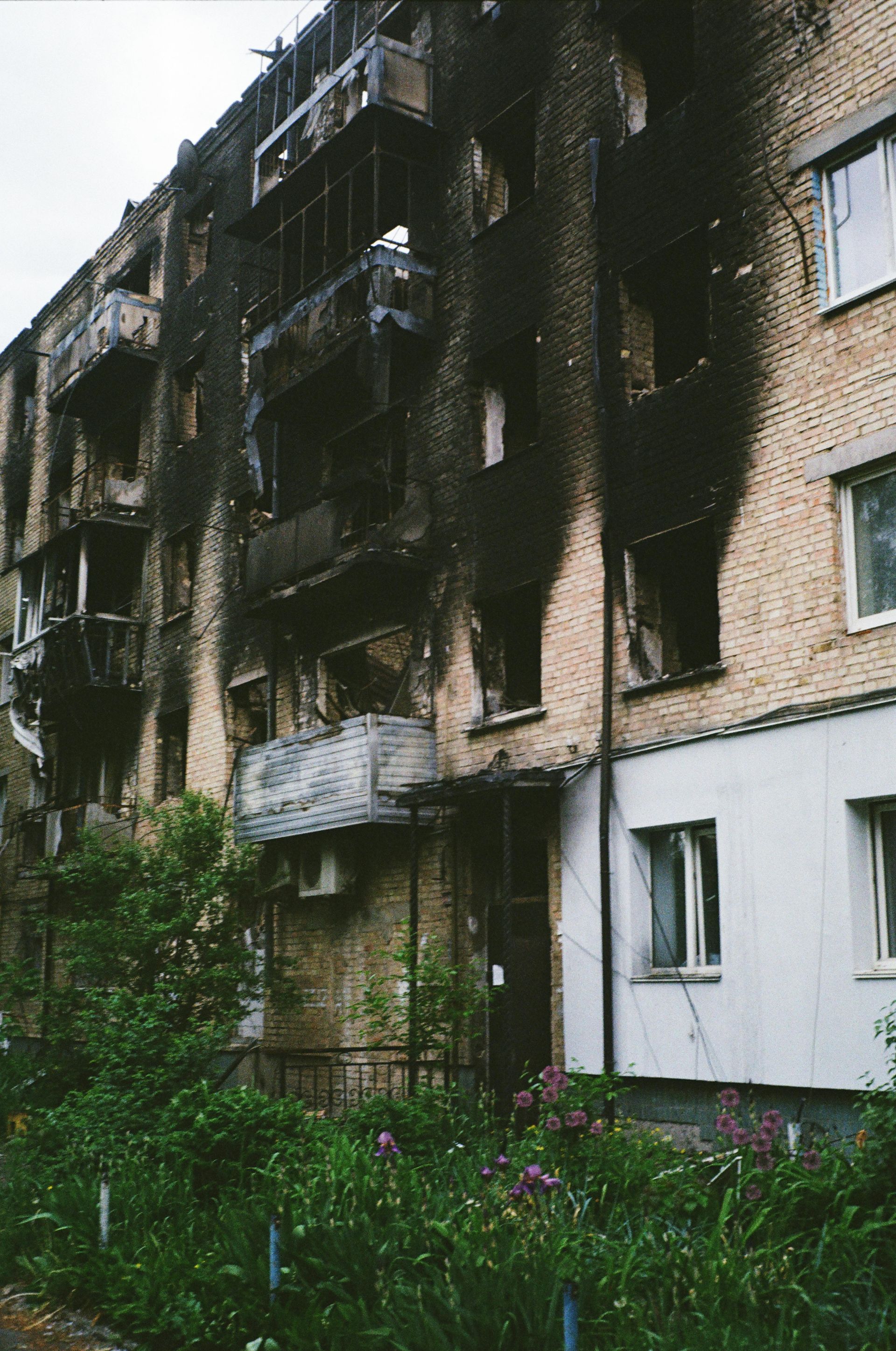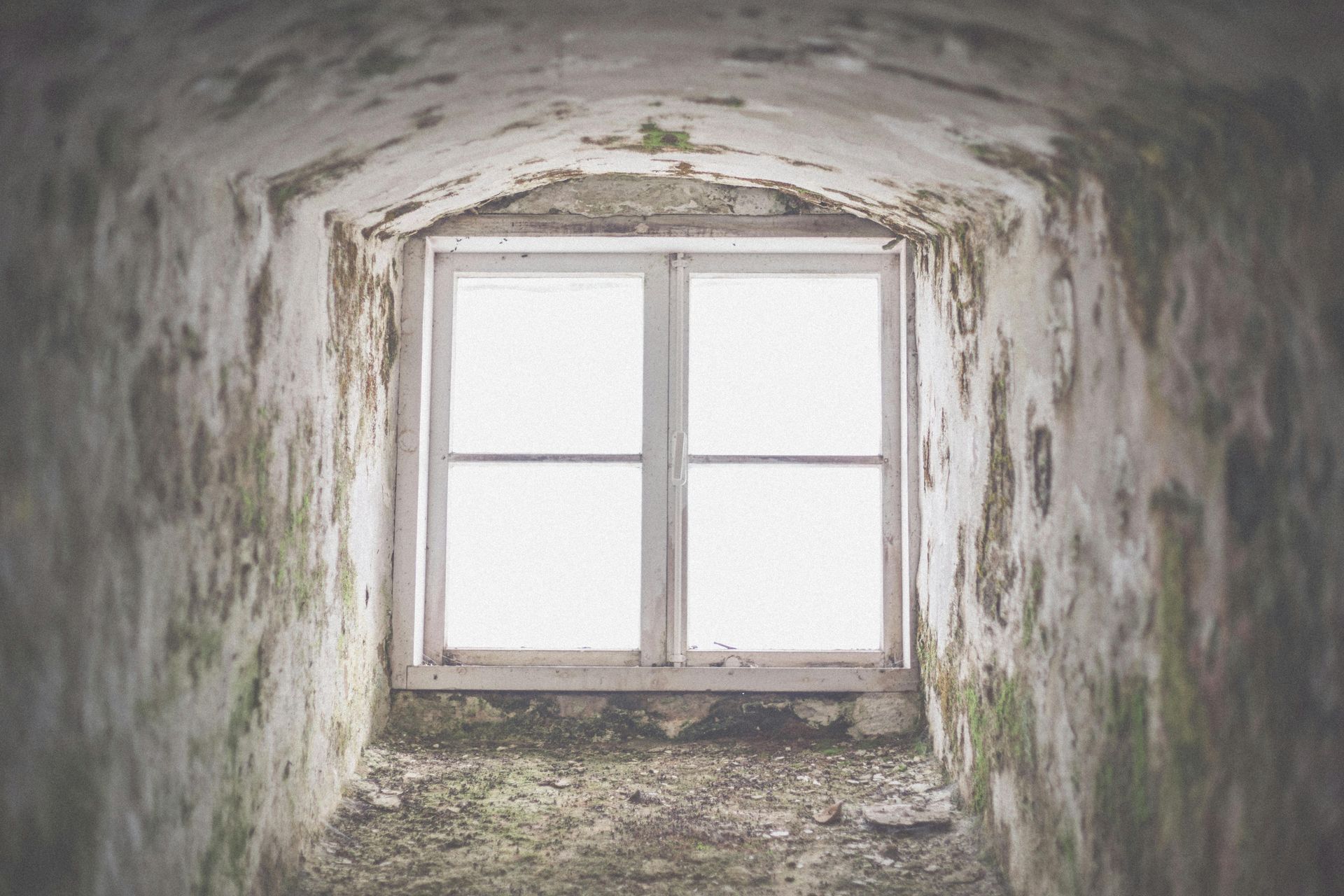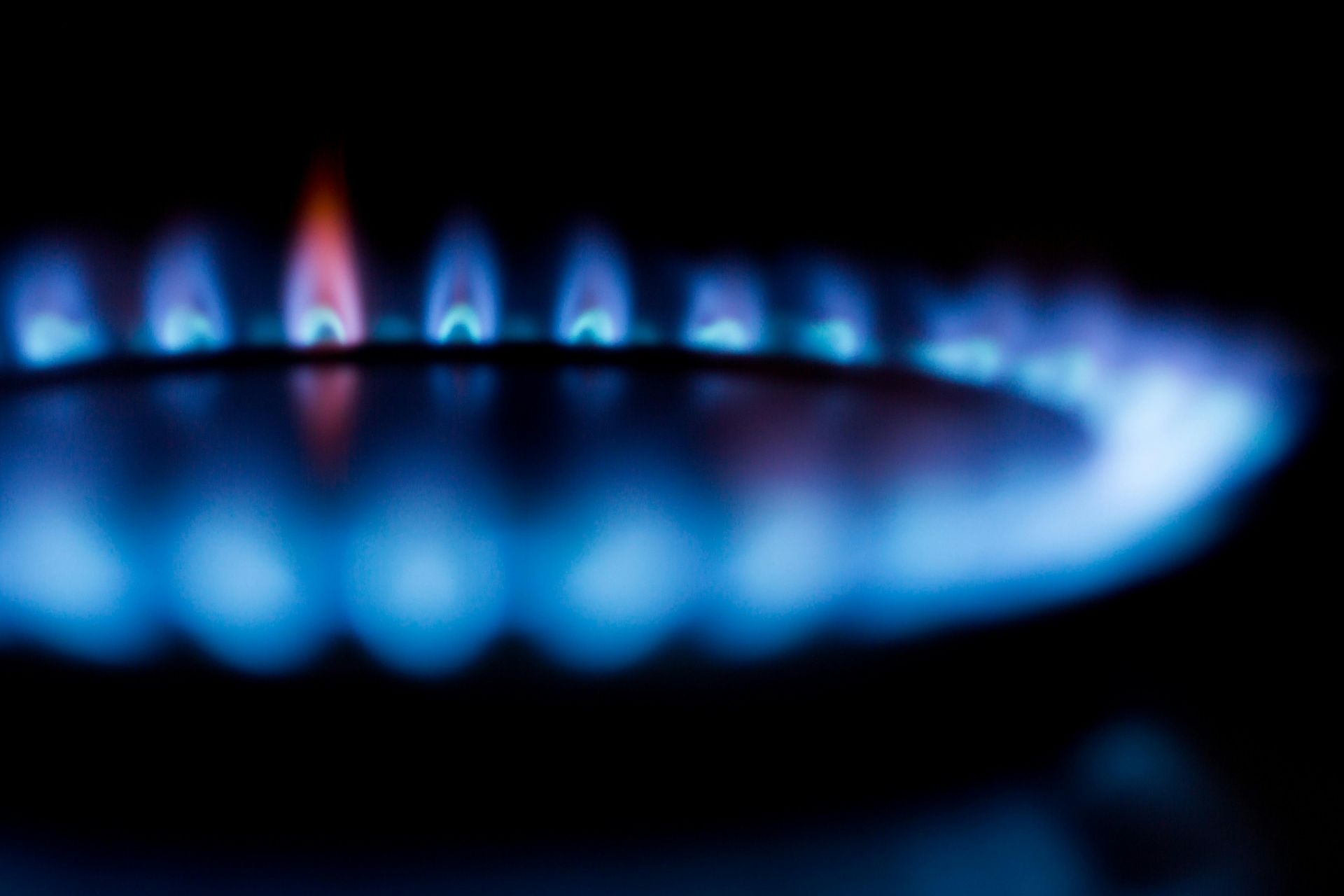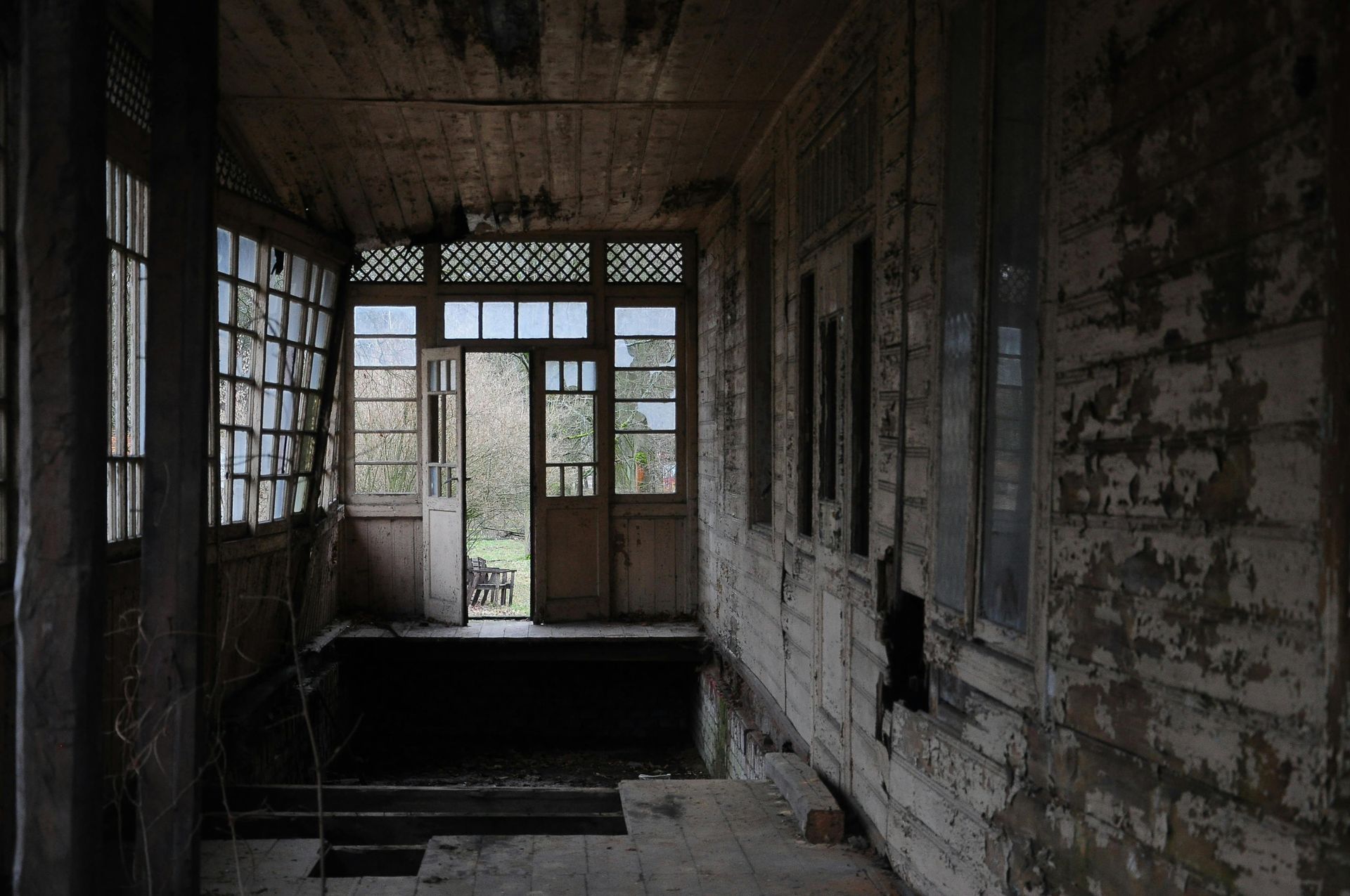A Comprehensive Guide to the Various Types of Fire Damage
A Comprehensive Guide to the Various Types of Fire Damage
Fire incidents are a significant threat to properties, with the potential to cause extensive damage and disrupt lives. According to the National Fire Protection Association (NFPA), in the United States alone, thousands of residential fires occur each year, resulting in both financial losses and emotional distress for homeowners. Understanding the various types of fire damage is critical not only for property owners but also for insurance adjusters and restoration professionals who must navigate the complexities of the restoration process. Different fire scenarios yield diverse damage types that require tailored approaches to restoration. This article will discuss the key types of fire damage—including structural, smoke and soot, water and mold, electrical, and chemical damage—while providing insights into assessment, restoration, prevention, and recovery strategies.
The Key Types of Fire Damage
Fire damage can vary widely based on numerous factors, including the fire's source, the materials involved, and the duration of the blaze. Understanding these variances is essential for an accurate assessment of the damage and effective remediation.
Structural Damage
Fires significantly impact the structural integrity of buildings. Common construction materials like wood, steel, and concrete behave differently under fire exposure. Wood can become charred and brittle, compromising its strength, while steel structures may warp due to extreme heat. Signs of structural damage include charred frames, weakened walls, and compromised foundations. It is vital to address these issues promptly, as neglecting structural assessments can lead to safety hazards and costly repairs down the line.
Smoke and Soot Damage
Smoke infiltration presents a pervasive challenge during fire incidents. There are different types of smoke damage, including wet, dry, protein, and fuel oil soot, each with unique characteristics and cleaning requirements. Wet smoke originates from low-heat smoldering fires and can leave a sticky residue, while dry smoke comes from high-heat fires and tends to leave a fine powdery residue. Importantly, smoke and soot pose significant health risks, including respiratory issues and skin irritation, necessitating a comprehensive cleaning and restoration approach to ensure a safe environment post-fire.
Water and Mold Damage
Ironically, firefighting efforts can lead to substantial water damage as firefighters douse a blaze. The intrusion of water, coupled with the lingering moisture from fire suppression efforts, creates a conducive environment for mold growth. Mold can lead to serious health risks, including allergic reactions and respiratory issues. Prevention and remediation methods include thorough drying of affected areas, the use of dehumidifiers, and possibly the need for professional mold remediation services.
Electrical Damage
Electrical systems are particularly vulnerable following a fire. Damage can manifest in various forms, including melted wiring, compromised circuits, and damaged electrical panels. It is crucial for safety that certified electricians conduct assessments of electrical systems post-fire to ensure everything is in working order and safe for use. Improperly addressed electrical damage can lead to further fires or electrical shocks.
Chemical Damage
Fires can also expose hazardous materials that combust or are subjected to extreme heat, resulting in chemical damage. This can include toxic fumes or residues from synthetic materials, paints, or chemicals within the building. Specialized cleaning and disposal methods are necessary to safely address chemical hazards, making it imperative to involve professionals who understand proper safety protocols during restoration.
How is Fire Damage Assessed
Assessing fire damage requires a systematic approach to ensure thorough evaluations. Homeowners should begin by contacting professionals who specialize in fire damage recovery. Certified assessors utilize cutting-edge technology, such as thermal imaging and moisture meters, to evaluate damage accurately. This initial assessment is crucial for determining the extent of damage and forming a comprehensive restoration plan.
Fire Damage Restoration Process
The restoration process after fire damage typically involves several critical steps. Initially, professionals undertake clean-up to remove debris, smoke residues, and water from firefighting efforts. This is followed by detailed assessments, structural repairs, and specialized cleaning of contents and materials affected by smoke and soot. Finally, restoration efforts culminate in repairs and renovations that return the property to its pre-loss condition.
Can Fire Damage Be Prevented?
While fire incidents can be unpredictable, proactive measures can significantly reduce fire risks and enhance safety in homes. Homeowners should invest in regular maintenance and have functional fire alarms installed. Developing a fire safety plan that includes escape routes and safety drills can also be instrumental in minimizing the chances of a fire and ensuring swift action if one occurs.
Next Steps After Fire Damage: Moving Forward
Understanding the types of fire damage is essential for effective response and recovery after an incident. The insights shared in this article underscore the importance of immediate and professional assessments, detailed restoration processes, and preventive measures to safeguard properties against future risk. If you find yourself facing the aftermath of fire damage, we encourage you to reach out to Restoration Heroes. Our expert team is equipped to assist you through every step of the restoration after the fire, ensuring your property is safe and secure once again.
